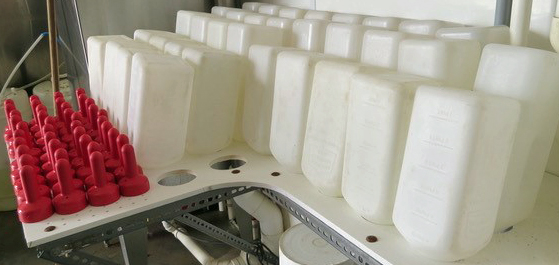Healthy Calf Conference
Follow to stay up-to-date on all Healthy Calf Conference updates. Speaker announcements, sponsorship information, registration announcements, and more.
Residues from colostrum, milk, and milk replacer are great places for pathogens to grow. Feeding equipment, such as nipples, bottles, pails, mixing instruments, hoses, etc. can all harbour disease-causing bacteria if not cleaned, sanitized, and dried thoroughly after each use.
According to Dr. Sam Leadley, Attica Veterinary Associates, the goal of cleaning and sanitizing calf feeding equipment is to control bacterial growth by removing them from surfaces, killing any that remain, removing their food and water sources, and lowering the pH to prevent further growth.

The following steps can help keep feeding equipment clean and prevent bacteria from growing. Always wear the appropriate personal protective equipment, like gloves and goggles, when handling chemicals and working with hot water, and follow the manufacturer’s instructions.

Periodically inspect feeding equipment, as etched plastic bottles, pails, and cracked nipples create surfaces for bacteria to attach to. All bottles and buckets with cuts, grooves or scratches on the inside should be discarded.
Work with your veterinarian to develop sanitation protocols. They have the tools and knowledge to help you reduce disease on your farm and keep calves healthy!
Follow to stay up-to-date on all Healthy Calf Conference updates. Speaker announcements, sponsorship information, registration announcements, and more.
The Codes of Practice are nationally developed guidelines for the care and handling of farm animals. They serve as our national understanding of animal care requirements and recommended practices.